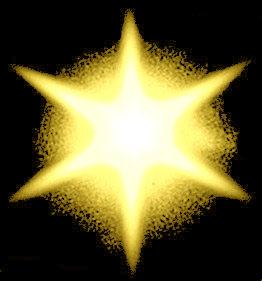|
|
Online Texts for Craig White's Literature Courses
|
|
|
Walt Whitman (1819-82) Selected Poetry When I Heard the Learn’d Astronomer (1865) |
|
Discussion Questions: 1. Whitman is too great a poet to pigeonhole, but how may his poetry reflect its time-period of late Romanticism, bordering on early Realism?
2. What characteristics of Whitman's style? Or, how can you tell this is a poem by Walt Whitman? Compare this poem's form as "free verse" or "formal verse" with poems by Poe and Dickinson (and other poems by Whitman). (Comparative Study of Poe, Whitman, Dickinson)
3. If Whitman writes "free verse" without traditional rhyme and meter, what poetic techniques does he use that make this poem poetry rather than broken-up prose?
4. How might the action of the poem be interpreted as "a romance narrative?"
![]()
When I Heard the Learn’d Astronomer
[1] When I heard the learn'd astronomer;
[2] When the proofs, the figures, were ranged in columns before me;
[3] When I was shown the charts and the diagrams, to add, divide, and measure them;
[4] When I, sitting, heard the astronomer where he lectured with much applause in the lecture room,
[5] How soon, unaccountable, I became tired and sick;
[6] Till rising and gliding out, I wander'd off by myself,
[7] In the mystical moist night-air, and from time to time,
[8] Look'd up in perfect silence at the stars.



